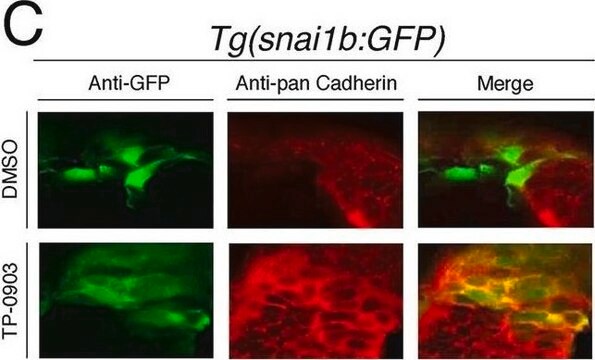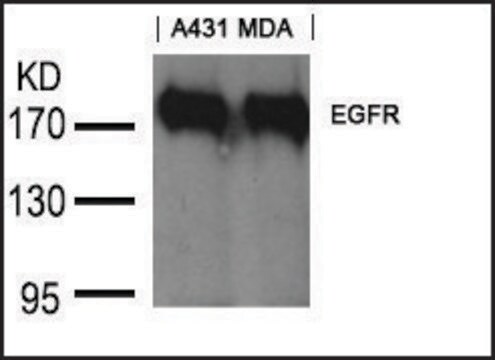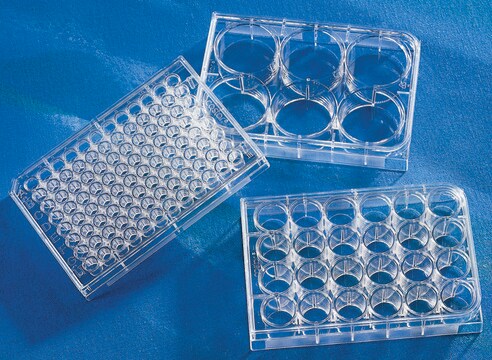E2153
E-Cadherin/Fc Chimera from mouse
>90% (SDS-PAGE), recombinant, expressed in NSO cells, lyophilized powder
Synonim(y):
L-CAM, Arc-1, Cell-CAM120/80, Epithelial cadherin, Uvomorulin
About This Item
Polecane produkty
pochodzenie biologiczne
mouse
Poziom jakości
rekombinowane
expressed in NSO cells
sterylność
sterile; sterile-filtered
Próba
>90% (SDS-PAGE)
Postać
lyophilized powder
masa cząsteczkowa
monomer calculated mol wt 88.2 kDa
~120 kDa by SDS-PAGE (reducing)
calculated mol wt 88.2 kDa
opakowanie
pkg of 50 μg
metody
cell culture | mammalian: suitable
zanieczyszczenia
endotoxin, tested
numer dostępu UniProt
Warunki transportu
ambient
temp. przechowywania
−20°C
informacje o genach
mouse ... Cdh1(12550)
Powiązane kategorie
Opis ogólny
Zastosowanie
Działania biochem./fizjol.
Postać fizyczna
Kod klasy składowania
13 - Non Combustible Solids
Klasa zagrożenia wodnego (WGK)
WGK 3
Temperatura zapłonu (°F)
Not applicable
Temperatura zapłonu (°C)
Not applicable
Środki ochrony indywidualnej
Eyeshields, Gloves, type N95 (US)
Certyfikaty analizy (CoA)
Poszukaj Certyfikaty analizy (CoA), wpisując numer partii/serii produktów. Numery serii i partii można znaleźć na etykiecie produktu po słowach „seria” lub „partia”.
Masz już ten produkt?
Dokumenty związane z niedawno zakupionymi produktami zostały zamieszczone w Bibliotece dokumentów.
Nasz zespół naukowców ma doświadczenie we wszystkich obszarach badań, w tym w naukach przyrodniczych, materiałoznawstwie, syntezie chemicznej, chromatografii, analityce i wielu innych dziedzinach.
Skontaktuj się z zespołem ds. pomocy technicznej






